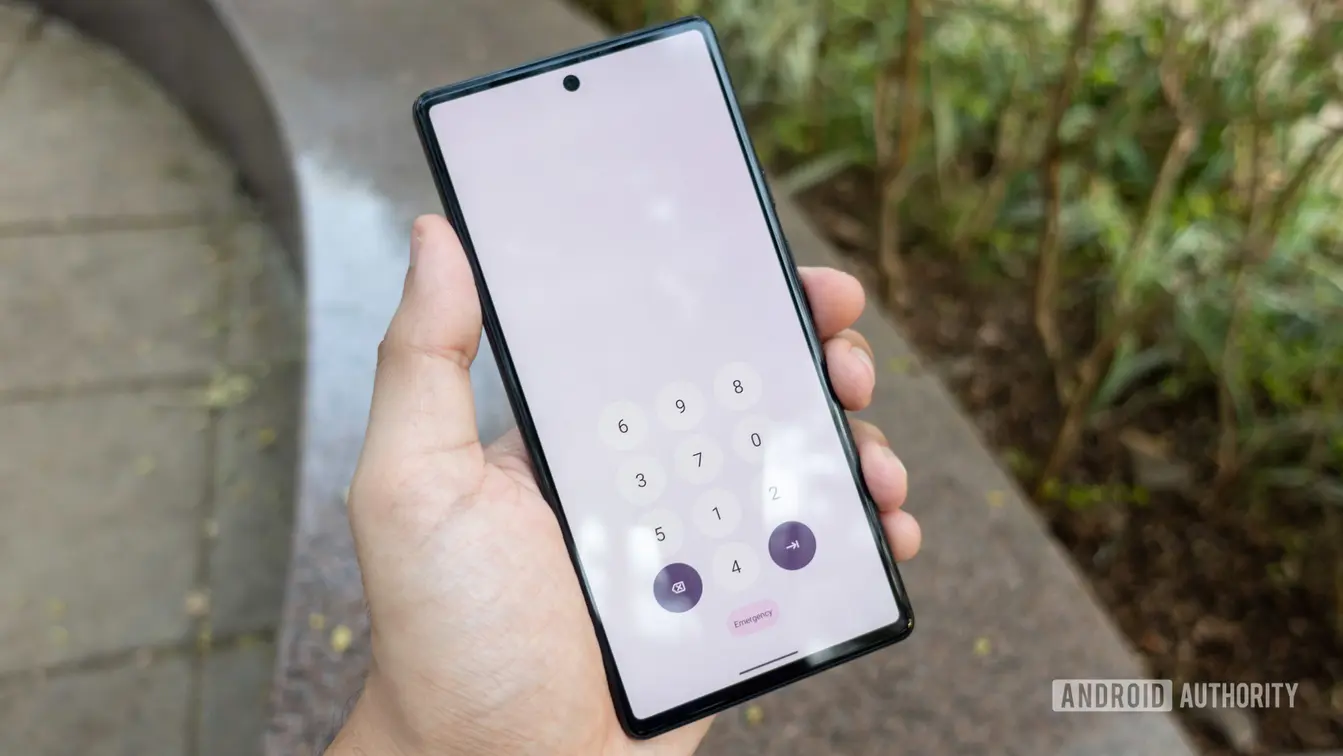T4K3.news
GrapheneOS duress PIN reshapes mobile security
A silent wipe option raises safety and legal questions as the Android ecosystem weighs coercion protections versus potential misuse.

A duress PIN triggers a silent wipe that erases encryption keys and eSIM data, prompting a broader debate on safety and legality.
GrapheneOS duress PIN reshapes mobile security expectations
GrapheneOS offers a duress PIN that acts as a second password. When entered, it silently initiates a factory reset in the background. It wipes encryption keys and the eSIM partition, making data inaccessible even if the attacker has the device. The feature works at multiple entry points including the lockscreen, during enabling Developer options, or while unlocking apps. It is designed to leave no obvious sign that the action was taken and to prevent data from being lifted with physical possession of the device.
The idea is practical in high risk moments such as mugging or coercion, but it also raises questions about legality and potential misuse. Some advocates see a niche but real protective value, while critics worry about accidental triggering and the broader implications for evidence handling. Debates have also circulated about decoy PINs as a less extreme alternative, though proponents argue decoys are not as secure. Android may not adopt this extreme feature, yet the discussion nudges the ecosystem toward stronger protections against coercion and data loss.
Key Takeaways
"A duress PIN is a power tool not a toy"
editorial emphasis on tool's seriousness
"Decoy PINs could offer a safer middle path but they are not as secure"
policy tradeoff
"Law enforcement considerations loom over any feature that erases data"
legal risk
"This is a niche tool that could shape future device safety debates"
trend implication
GrapheneOS highlights a core tension in mobile security: empower users without multiplying risk. A duress PIN shifts the burden from data defense to coercion defense, introducing legal and ethical questions that regulators and manufacturers will need to weigh. If mainstream platforms consider decoys or lockdown modes as compromises, they must balance user autonomy with predictable outcomes in crisis moments. The tool could push Android and its partners toward safer defaults, but it also risks being misunderstood as a guarantee against coercion rather than a last resort. The broader takeaway is that security design is as much about context as it is about capability.
Highlights
- A duress PIN is a power tool not a toy
- Silence and reset can save data in danger
- Decoy PINs offer a softer path but still risk exposure
- Security is a system not a single feature
Legal and political risk around the feature
The ability to erase data silently could be seen as obstructing investigations or as a coercion aid in some jurisdictions. Different legal systems treat data destruction and compelled access differently, raising concerns for users and platform makers. Public backlash could follow if misuse or accidental wipes harm ordinary users.
Security design is not just about locking data; it is about safeguarding people under pressure.
Enjoyed this? Let your friends know!
Related News

Russia plans $1.1 trillion military build-up

Microsoft Authenticator Will Transition to Passkeys Soon

Call of Duty Season 5 Goes Live Tomorrow

Android adds new app pinning feature to Desktop Mode

Alphabet's Stock Drops Amid U.K. Regulatory Threat

Android continues to evolve with new technologies

Sony reveals plan to expand PlayStation titles across platforms

Everton progresses in transfer market with new signings
